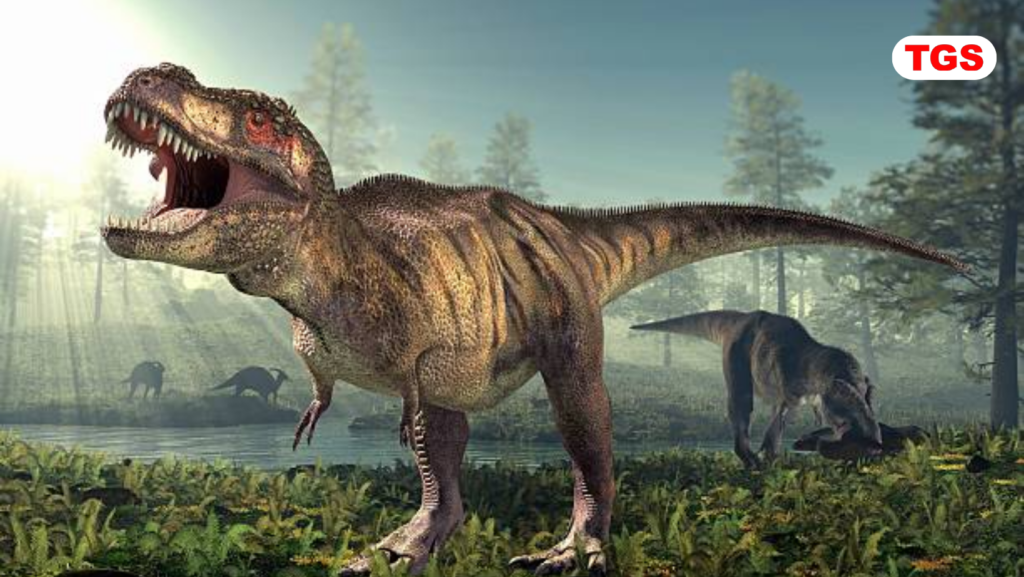
Are you curious about the ancient world of dinosaurs and the intriguing discoveries on the Isle of Wight? In this comprehensive article, we delve into the fascinating world of dinosaur footprints and the remarkable findings on this beautiful island. Join us on this prehistoric journey filled with awe-inspiring insights and exciting revelations.
Introduction
The Isle of Wight, a picturesque island in the United Kingdom, has gained worldwide attention for its remarkable dinosaur footprints. These well-preserved remnants of prehistoric creatures have captivated scientists and enthusiasts alike. In this article, we will explore the incredible discoveries, history, and significance of dinosaur footprints on the Isle of Wight.
A Glimpse into the Past
Delving into the world of dinosaurs, we uncover the secrets hidden beneath the Isle of Wight’s coastal cliffs. These fossilized footprints provide a unique window into the distant past, allowing us to visualize the lives of these magnificent creatures.
The Jurassic Era
The Isle of Wight’s dinosaur footprints date back to the Jurassic Era, approximately 145 million years ago. During this time, the island was teeming with diverse species of dinosaurs, leaving behind a legacy of remarkable imprints.
Preservation Wonders
The exceptional preservation of these footprints is a testament to the geological conditions on the island. The combination of mud and silt allowed for the creation of fossilized footprints that have survived the test of time.
Discovery and Excavation
The journey to uncovering these priceless relics was not without its challenges. Let’s take a closer look at the discovery and excavation of these extraordinary dinosaur footprints.
Amateur Fossil Hunters
Amateur fossil hunters played a significant role in the initial discoveries. Their enthusiasm and dedication led to the identification of the first dinosaur footprints on the Isle of Wight.
Scientific Expertise
As the significance of these findings became apparent, experts in paleontology and geology joined the quest. Their expertise was crucial in the accurate identification and preservation of the footprints.
A Window into Prehistoric Life
Dinosaur footprints offer a unique opportunity to understand the behavior and ecology of these ancient creatures. Each footprint is a piece of the puzzle that helps us reconstruct the past.
Trackways and Behaviors
The arrangement of footprints in trackways provides insights into the movement and behavior of dinosaurs. From hunting patterns to social interactions, these footprints tell fascinating stories.
Diverse Species
The Isle of Wight’s footprints represent a variety of dinosaur species, from small herbivores to massive carnivores. This diversity gives us a glimpse into the complex ecosystem that existed during the Jurassic Era.
The Significance of the Isle of Wight
The discoveries on the Isle of Wight have global importance, making it a hub for paleontological research and education.
Scientific Research Hub
The island’s wealth of dinosaur footprints has attracted researchers from around the world. Their studies contribute to our understanding of Earth’s history and the evolution of life.
Educational Attractions
The Isle of Wight has also become a popular destination for tourists and dinosaur enthusiasts. Museums, guided tours, and interactive exhibits allow visitors to immerse themselves in the world of dinosaurs.
Frequently Asked Questions
How were dinosaur footprints formed?
Dinosaur footprints were formed when dinosaurs walked on soft mud or silt, leaving impressions. Over time, these impressions hardened and fossilized, preserving the footprints.
What dinosaur species are commonly found on the Isle of Wight?
The Isle of Wight boasts a wide range of dinosaur species, including Iguanodon, Neovenator, and Mantellisaurus, among others.
Are the dinosaur footprints accessible to the public?
Yes, many of the dinosaur footprints on the Isle of Wight are accessible to the public, with guided tours and museums offering an opportunity to see them up close.
How do scientists date dinosaur footprints?
Scientists use various dating methods, including radiometric dating of nearby rocks and the stratigraphic layer in which the footprints are found, to determine their age.
What can we learn from dinosaur footprints?
Dinosaur footprints provide insights into the size, behavior, and interactions of dinosaurs, as well as the ancient environment in which they lived.
How can I visit the Isle of Wight to see these footprints?
You can visit the Isle of Wight by taking a ferry from the mainland. Once on the island, there are numerous attractions and guided tours that showcase these remarkable footprints.
Conclusion
The Isle of Wight’s dinosaur footprints offer a unique and captivating journey into the prehistoric world. These well-preserved relics provide us with a glimpse into the lives of dinosaurs, their behaviors, and the environment they inhabit. Whether you’re a paleontology enthusiast or simply curious about the past, a visit to the Isle of Wight’s dinosaur footprints is an educational and awe-inspiring experience.
To Read More Articles Click Here
To Read Latest News Click Here


